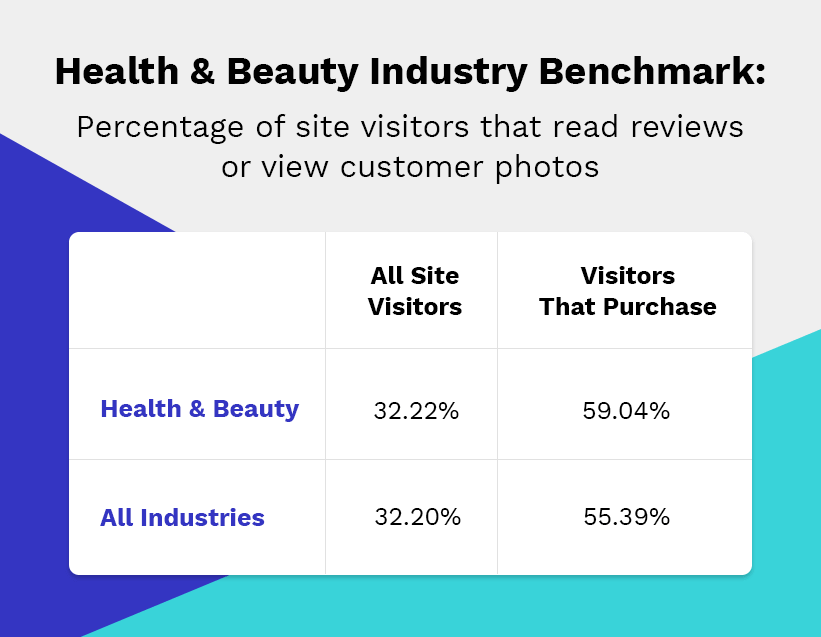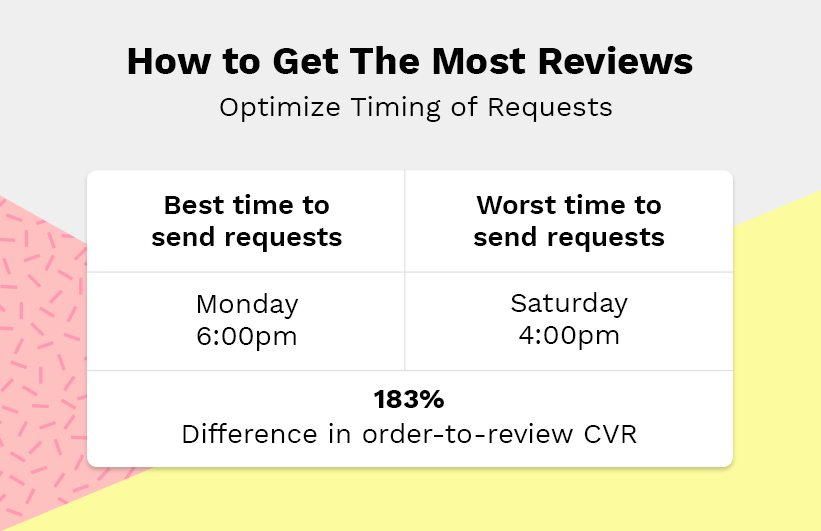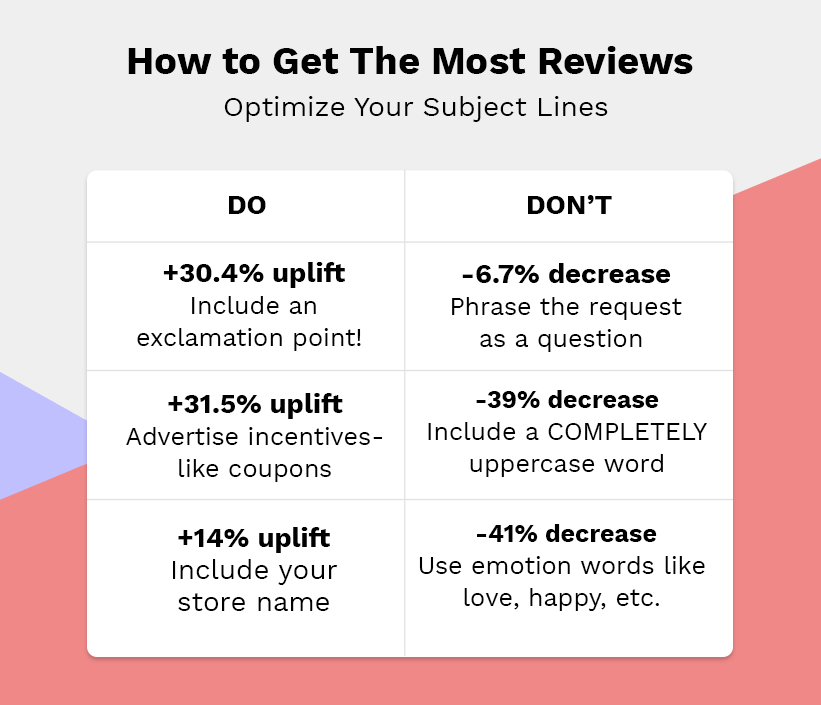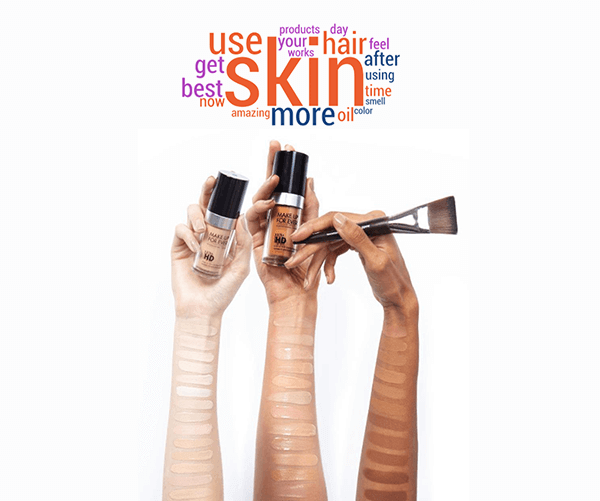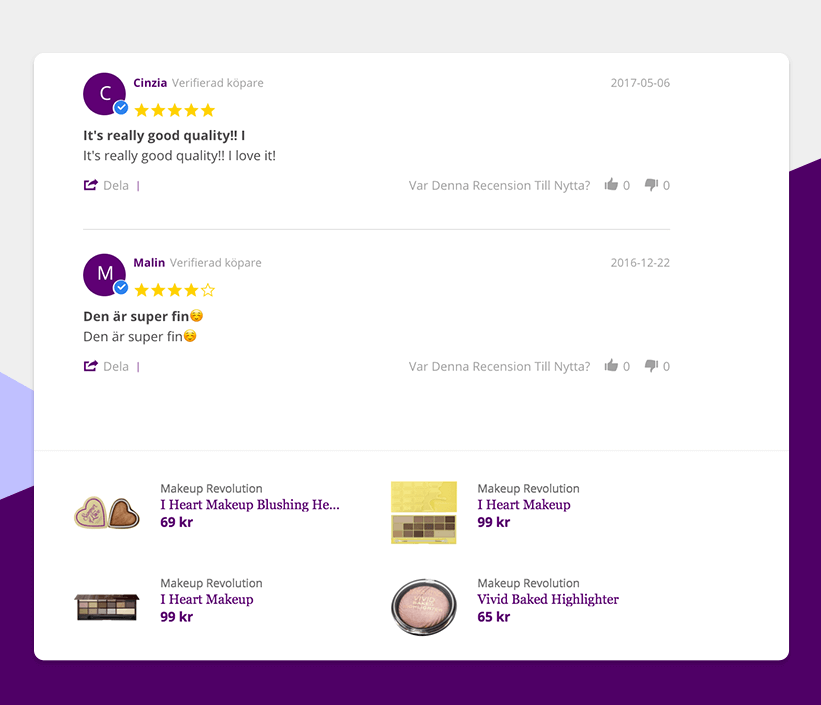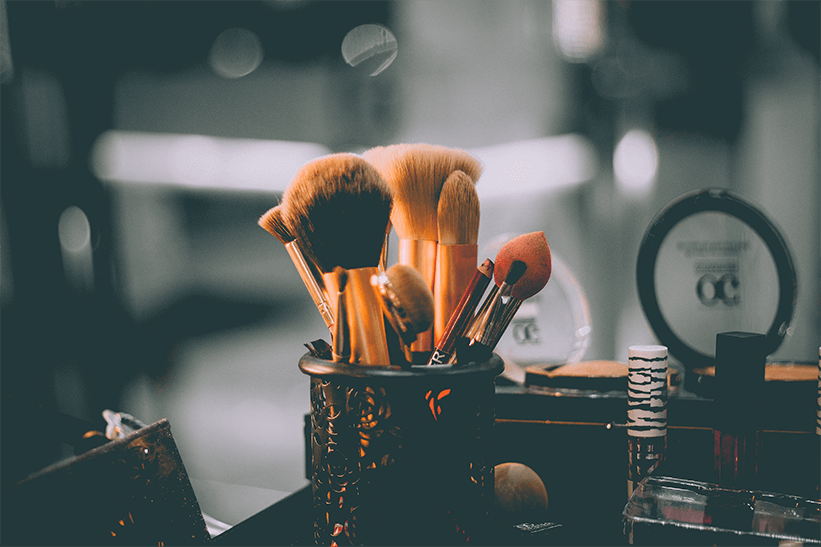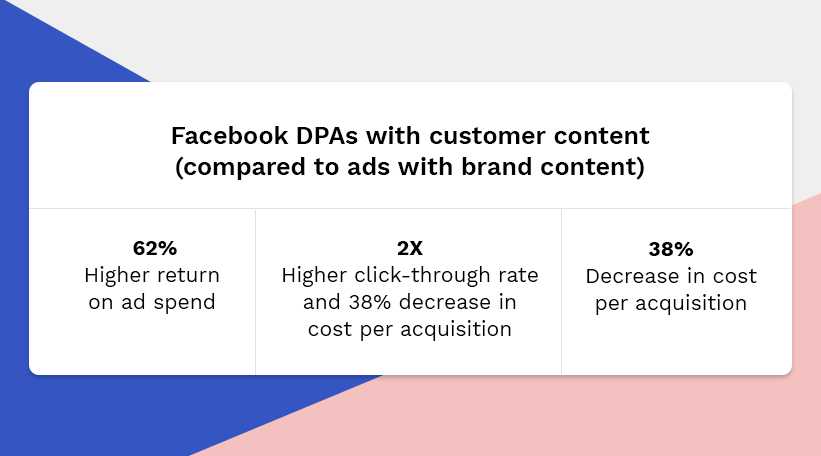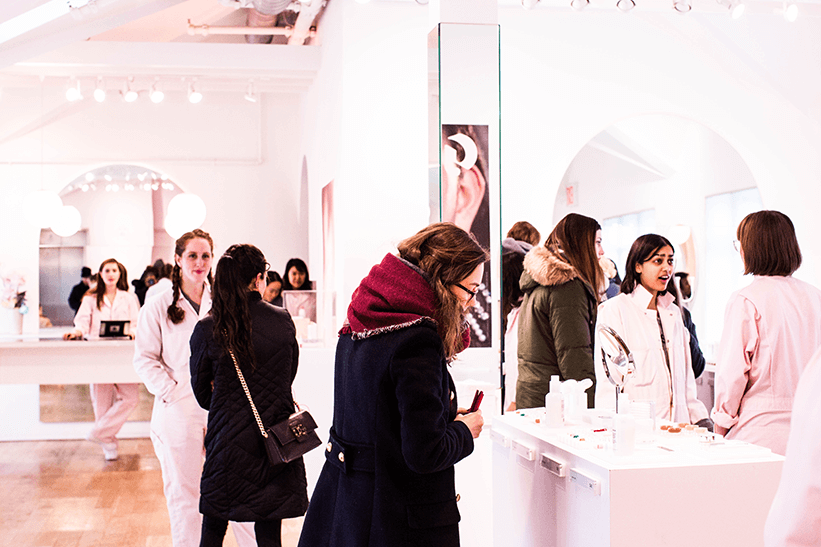Chapter 1: Community Influence on Health & Beauty
The offline experience of working with a professional salesperson to find the perfect foundation for your skin tone or the best moisturizer for your skin type is replicated online with peer-to-peer customer feedback.
When shoppers can see what past buyers think about your products in reviews and see the results they have achieved in photos (looking at you, acne creams, self tanners, and miracle hair straighteners), they’re naturally more inclined to try them out. This type of user-generated content serves as a sort of recommendation from a friend. And, in an industry where people swear by the products their mother or best friend has used for years, you can’t underestimate the impact of those word-of-mouth recommendations.
Compared to the eCommerce industry at large, 6.6% more health & beauty shoppers interact with user-generated content on site.
And when shoppers see this personal, authentic content on site, CVR soars from the 3.8% industry average to 6.9%. On-site UGC translates into a 161% uplift in CVR for eCommerce in general, and up to 213% for health & beauty.
In addition to interacting with customer content more on site, health & beauty shoppers are also highly active within communities, and are more likely to submit feedback to help other customers. In fact, health & beauty shoppers submit more product selfies (than the Instagram-obsessed food and beverage shoppers!) — with 16% of products featuring customer photos (compared to 12%).
So how can you create post-purchase email marketing that gets a response?
A study of 3.5 million review request emails found the most effective ways to build an email that elicits customer response. Hint: beauty shoppers are most likely to respond to review request emails sent on Mondays at 6:00 p.m. and least likely to respond to those sent on Saturdays at 4:00 p.m.
But remember, just as Health & Beauty buying is very personal, so too are customer communications. Testing and tracking results is the only way to find out what will work best for your brand and improve systematically.
A study of customer reviews found that health & beauty reviews tend to focus on personal experiences and aim to aide other shoppers by describing how products feel and smell.
The most common words used in health & beauty customer reviews reflect that:
So, be sure to encourage reviews that will really help other shoppers make a purchase decision that’s right for them. By asking specific questions, you can help customers provide information that really matters.
REAL EXAMPLE
Campus Protein uses detailed product information on their product page to drive their customers to checkout. Each supplement product page contains a description of what the product is, how it works, and how to consume the product for the best results. The description is followed by a table of nutritional facts, ratings and reviews from past customers, and tailored product recommendations based on customer browsing data.






